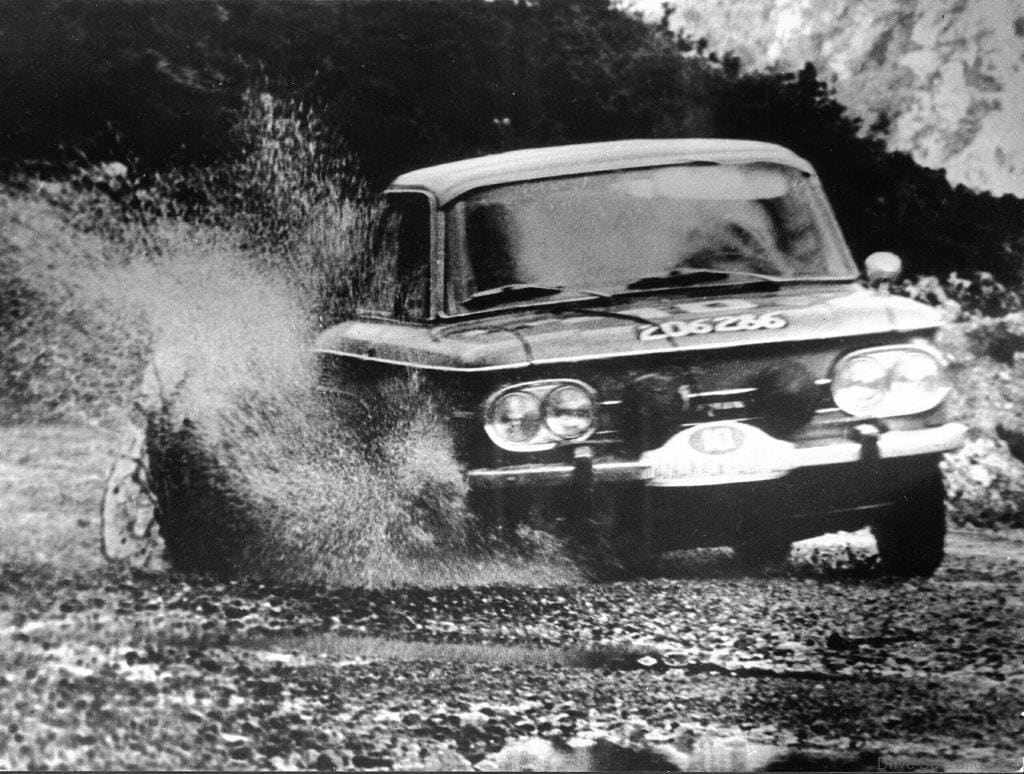A Look Back At The NSU TT & TTS As The Audi TT Gets Discontinued
The NSU TT & TTS were the predecessors to the now discontinued Audi TT.
In the 1960s and 1970s, Neckarsulm-based NSU not only revolutionized the automotive landscape with rotary engines but left its mark on the motorsport scene as well. The NSU Prinz 1000, NSU TT, and NSU TTS emerged as small yet powerful contenders, captivating enthusiasts with their prowess on both everyday roads and the race track. As NSU merged into Audi, these vehicles went on to become “spiritually succeeded” by the Audi TT, which was only recently discontinued after three generations. Here’s a look back at the NSU models on the 150th anniversary of the now defunct German brand.

The Birth of a Legend: NSU Prinz 1000
The NSU Prinz 1000 made its debut at the 1963 IAA, stealing the spotlight alongside the NSU/Wankel Spider. Hailed for its exceptional power-to-weight ratio, the Prinz 1000 became an instant sensation, earning the endearing nickname “Tausender” (German: thousand). The demand soared, prompting NSU to expand its Neckarsulm plant to meet the fervent requests from dealerships nationwide.

Equipped with a 40 or 43 PS engine, the NSU Prinz 1000 proved to be a force on the track, thanks to modifications such as an optimized camshaft, Weber carburetors, racing exhaust, and lowered suspension. Siegfried Spiess, an emerging engine specialist, secured the 1965 German GT Bergmeister title in a tuned Prinz 1000, marking the beginning of an illustrious racing career.

NSU TT: A Dominant Force in Hill-Climbing
In 1967, NSU expanded its sports portfolio with the NSU Prinz TT and the more potent NSU Prinz TTS. The NSU TT, boasting a standard output of 65 PS, became the epitome of success in German hill-climbing. Günther Irmscher’s victory in the Tour d’Europe in 1967 set the stage for the TT’s dominance on the race track.

For enthusiasts seeking heightened performance, the NSU TTS, featuring camber adjustments and sports shock absorbers, was a formidable choice. With 2,400 units produced, including the legendary NSU TT Jägermeister, the NSU TTS became synonymous with racing excellence.

Bergmeister: A Name Written in Racing Glory
Wilhelm “Willi” Bergmeister etched his name in hill-climbing history with the NSU TT Jägermeister. Switching to circuit racing, Bergmeister continued his triumphs, clinching the European Touring Car Championship in 1980 with an Audi 80 GLE.

The NSU TT, with 29 national championships in Europe and North America, became a symbol of victory on the race track, amplifying the brand’s image as a “thoroughbred sports car, inch for inch.” The NSU TTS, celebrated as a “constant guest at rallies” and a “notorious class winner,” solidified NSU’s standing as a powerhouse in motorsport.

As we unravel the thrilling sports legacy of NSU in the 1960s and 1970s, it becomes clear that these small yet mighty cars have left an enduring impact on automotive history, reminding us that true legends are born on both the streets and the racetrack.